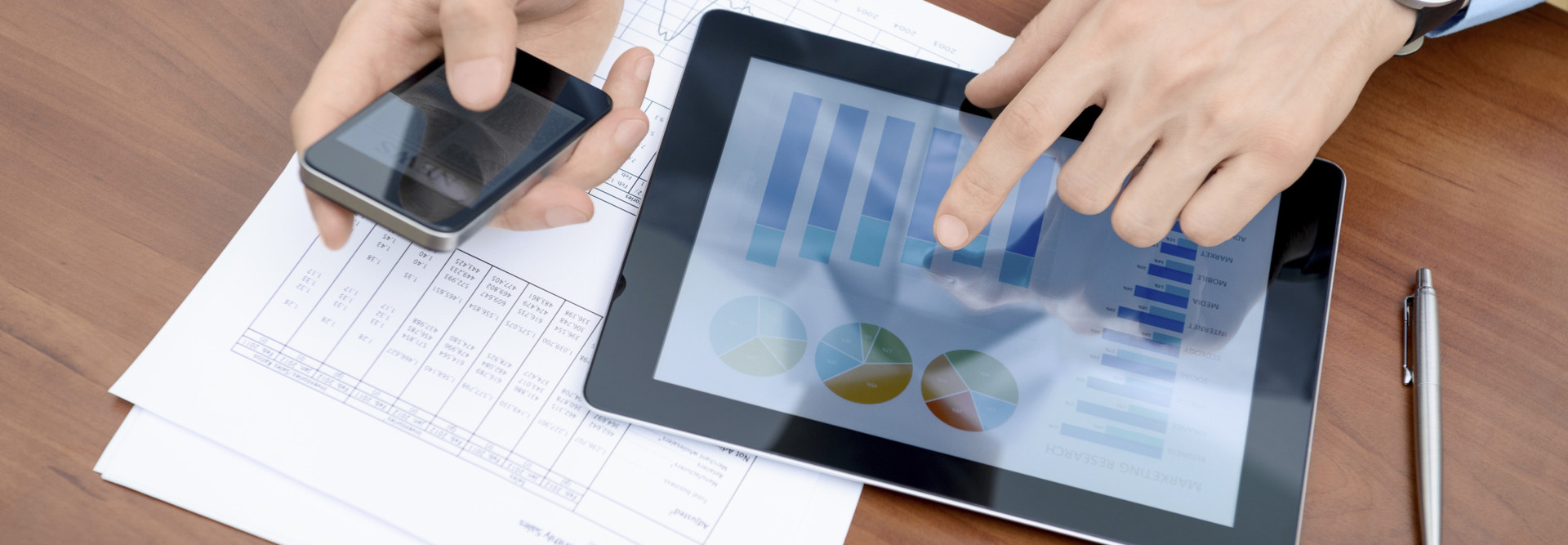Federal Agencies Turn to BYOD, Mobile Devices in the Field to Attract New Workers
With nearly 2 million employees, the federal government faces a potential workforce shortage after an expected wave of workers retire in the next two years. Called the Silver Tsunami, the term describes the rise in the median age of the workforce thanks to a variety of factors, including the post-World War II baby boom.
The Government Accountability Office estimates that by September 2017, about 600,000 federal employees — accounting for 31 percent of the government workforce — will be eligible to retire. That exodus will create myriad challenges for agencies, most notably the loss of skilled workers who must be replaced with younger, less experienced employees.
Complicating matters further, agencies must continue to compete with the private sector for talent. Federal agencies can offer employees a unique work experience and opportunities to serve the public good, but traditionally lag behind other organizations when it comes to key benefits such as salary and workplace conditions.
To make federal IT jobs more attractive, agencies now find themselves on the hunt for unique ways to modernize, primarily through mobile technologies tapped and coveted by younger workers in the workplace.
“You cannot hire a researcher at the Energy Department who grew up with an iPhone and hand them a laptop running Windows XP,” says Sean Ginevan, senior director of strategy at MobileIron.
Younger employees frequently look to work with common commercial systems they use every day, whether based in iOS, Android, Mac OS or Windows, says Yuvika Rajan, a solutions engineer at VMware AirWatch.
Building on BYOD Policies
To accommodate mobile-first employees, federal IT leaders at some agencies have crafted bring your own device (BYOD) policies, allowing employees to use personal devices for professional work. In 2012, the White House released a BYOD toolkit to help agencies implement such policies as part of the Digital Government Strategy.
The Equal Employment Opportunity Commission piloted a BYOD program in November 2011, which included enticements for employees to use personal devices for work, collaborating with attorneys and the employee union to draft rules that balanced employee privacy and government security.
The results helped the agency’s bottom line, reducing mobile device costs by 20 percent to 30 percent while allowing employees to use the devices they prefer in their personal lives.
“Young IT professionals demand the freedom to work on the device of their choice,” says Faisal Iqbal, the chief technology officer of public sector at Citrix. “Whether in the office or on the go, the younger generation expects to be able to connect with people, files and workflow tools, securely, from anywhere and on any device.”
Iqbal says that attractive mobile technology goes beyond personal smartphones and BYOD policies. He chooses to look at the broader picture of mobile working, which should enable full productivity outside of a physical desk or office. He points to technologies from Citrix such as ShareFile, XenApp, XenDesktop and XenMobile that enable such work, seamlessly, outside of more traditional settings.
While the federal government may lag behind the private sector in BYOD adoption, Randy Siegel, founder of Center Circle Consultants in Washington D.C., agrees that agencies have made strides in implementing mobile technology that appeals to younger workers.
The FBI has deployed 40,000 Samsung Galaxy S5 units to agents, providing newer employees with the technologies they are increasingly accustomed to using. The move marked a major first step in device-agnostic policymaking, as government had previously relied almost exclusively on BlackBerry smartphones.
“What you have right now is technology populism, or the consumerization of IT,” Siegel says. “You have young kids just out of school who are used to shopping and banking from their devices. They live their lives that way. They want that same functionality at work.”
Siegel says that civilian agencies, especially, have led the way in BYOD because they tend to lack the more rigorous security requirements of the Department of Defense (DOD) or the intelligence community.
Using Mobile Out in the Field
While many federal employees work inside an office building, a growing percentage of jobs put employees in the field. The public safety sector makes up a large portion of those jobs, but every major agency performs work that requires employees to function outside of an office on occasion.
Mobile devices and applications can serve as a tremendous aid in helping employees with specific tasks centered on their job.
For instance, the Air Force Materiel Command gave pilots iPads to carry in their flight bags, and also developed an application that serves as a detailed map. The app eliminates the more than 90 pounds of paper charts that pilots used to carry on flights, eliminating the weight and saving on fuel costs while also making navigational information easier to access.
The U.S. Department of Agriculture hosts an office in nearly every county in the country. Most employees who staff those offices work as inspectors or researchers, gathering information from farmers and ranchers while in the field. The department has been held up as one of the most progressive in government when it comes to mobility.
“As more people take advantage of BYOD policies, and as federal agencies send more workers out into the field, IT faces new requirements,” Iqbal says. “Employees now need to be able to access all the apps they rely on, on any device, including their own personal tablets and smartphones, without compromising security.”
The Chromebook stands as one of the more cost-effective solutions available to agencies today. The devices run on the Chrome OS and are designed to be used with an Internet connection since most applications and data reside in the cloud. Windows and web-based applications can be securely delivered to the Chromebook as well as application or desktop virtualization systems such as XenApp and XenDesktop.
Rajan advises agencies to look for solutions with multitenancy built in. Multitenancy is a mode of software operation where applications in a multiuse environment can be isolated depending on which employee or role requires them.
For instance, VMware AirWatch allows management to divide capabilities across internal sub-groupings such as geographies, business units, divisions or other segmentations.
“With that architecture in place, agencies can roll out updates that only impact a specific department or section of the workforce,” Rajan says. “Most operating system updates simply add new features without taking away native functionality, which also supports a smooth transition.”
Deniece Peterson, director of federal industry analysis at Deltek, says agency IT leaders understand the need to equip employees with such devices and apps, and have sped up the vetting and deployment of such technologies as a result.
The National Institute of Standards and Technology recently released draft guidelines to help agencies bring new devices on board. She says security remains the greatest hurdle, but she believes that with new processes in place, onboarding could happen much more quickly.








